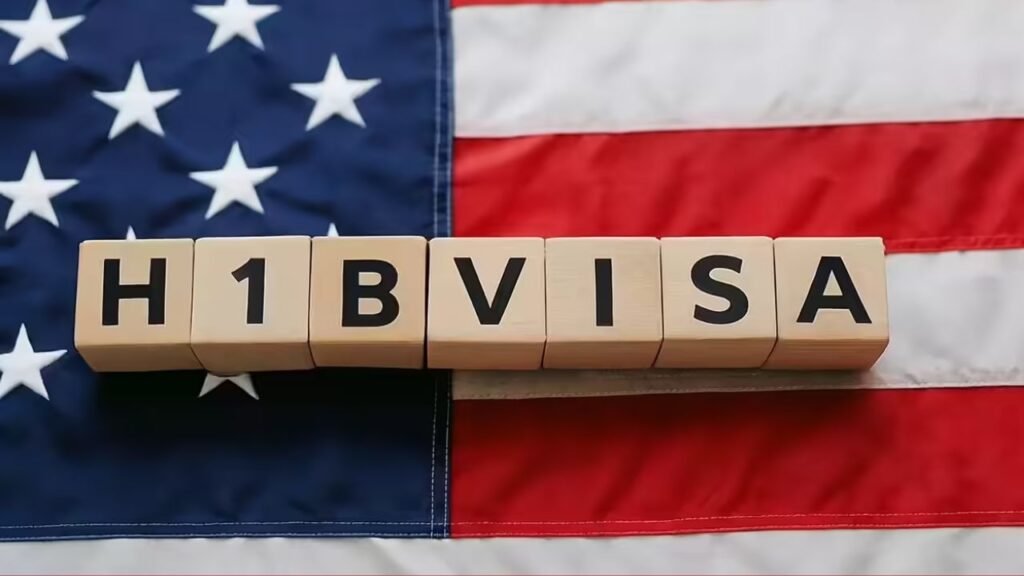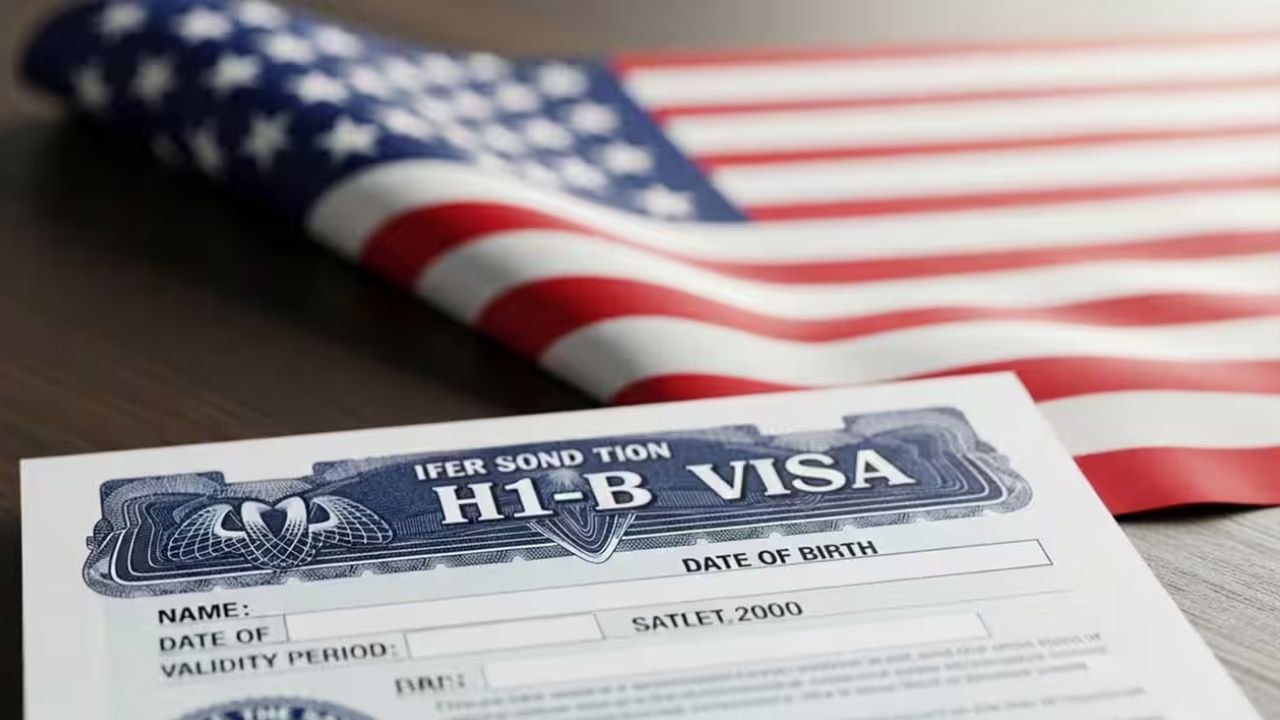The recent decision by the U.S. government to introduce a one-time $100,000 fee on new H-1B visa applications has created significant concern among Indian professionals. Although the White House has clarified that this fee will only apply to fresh applicants, the announcement has left thousands of Indians anxious. Since Indian workers make up a large share of the H-1B workforce, many are now uncertain about their prospects in the American job market.
What a U.S. Visa Means for Indians
For Indian citizens, obtaining a visa is the first and most important step before entering the United States. The type of visa required depends entirely on the purpose of travel, whether for work, education, tourism, or permanent settlement. In the case of employment, individuals must secure a non-immigrant work visa. The process begins when an American employer files a petition with the U.S. Citizenship and Immigration Services. Once that petition is approved, the applicant can attend the visa interview at the U.S. Embassy or Consulate in India.
H-1B Visa, The Preferred Pathway
Among all U.S. employment visas, the H-1B remains the most popular choice for Indian professionals. It is designed for specialty occupations that require higher education or advanced expertise. While most applicants are from the IT sector, this visa also covers physicians, researchers, project specialists, and even fashion models. The H-1B’s popularity among Indians reflects the strong presence of Indian talent in global industries, but the sharp increase in fees could discourage younger applicants, particularly women and early-career professionals.
Training and Dependent Visas

The H-3 visa provides opportunities for training in the United States when such programs are not available in the applicant’s home country. This visa can last for up to two years and allows individuals to gain hands-on experience. In addition, the H-4 visa enables spouses and unmarried children under 21 of H-visa holders to join them in the U.S. While H-4 visa holders are not permitted to work, they can pursue education, which helps families remain together while supporting career mobility.
Opportunities Through Intra-Company Transfers
The L visa is an option for employees of multinational companies. It allows Indian professionals to move temporarily to an American office of the same organization, provided they hold a managerial, executive, or specialized role and have worked with the company for at least one year. Family members of L-1 holders can apply for L-2 visas, and spouses are permitted to work in the U.S. after obtaining authorization. This makes the L visa particularly useful for Indian professionals working for global corporations.
Visas for Extraordinary Talents and Performers
For individuals who have demonstrated exceptional abilities, the O visa is a highly specialized option. It is available to those excelling in science, business, education, the arts, or sports. The P visa, on the other hand, is designed for athletes, entertainers, and cultural performers who are invited to participate in events or competitions in the United States. Both visa categories also extend to essential support staff who travel alongside the main applicant.
Cultural Exchange and Global Understanding
Another pathway is the Q visa, which focuses on cultural exchange programs. It provides Indian participants the chance to share their traditions, culture, and history while gaining practical work experience in the United States. This program plays an important role in fostering mutual understanding and cross-cultural collaboration between nations.
The United States remains a top destination for Indian professionals, but recent policy changes like the steep H-1B fee hike highlight the challenges ahead. While the H-1B continues to dominate as the most sought-after option, alternative visas such as L, O, P, and Q open doors for those who want to work, train, or showcase their skills in America. For Indians planning their future abroad, knowing the different visa categories is essential for navigating immigration rules and making informed career decisions in a rapidly evolving global job market.

